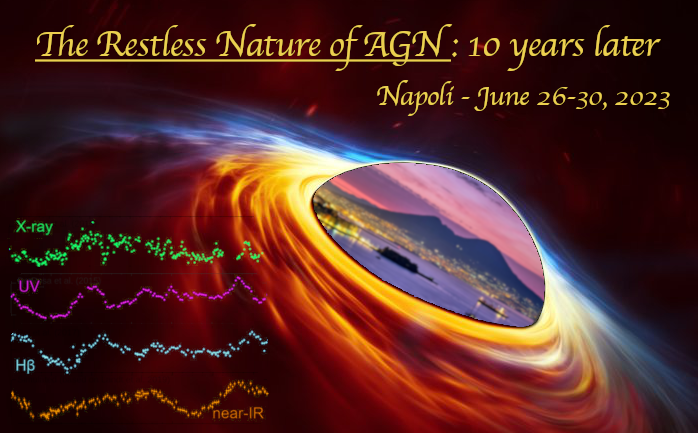Speaker
Description
Recent advances in time-domain surveys have revealed dramatic changes to SMBH accretion and AGN appearance on surprisingly short timescales. Among those, changing-look AGNs (CL-AGNs) show the (dis)appearance of broad emission lines and/or the quasar-like continuum, on timescales of years and sometimes even months. These dramatic changes may be driven by significant changes to the accretion flow and/or circumnuclear gas, and can therefore provide key novel insights into these physical components. In this talk I will present the largest sample of (candidate) CL-AGNs to date, with >100 sources, obtained from the first year of observations by the recently launched SDSS-V project, and assisted by follow-up observations with HET, Palomar, and LCOGT. Our sample covers a redshift range of 0.06 < z < 2.5 and rest-frame transition timescales lasting from 2 months and up to 19 years. Our preliminary analysis shows that CL-AGNs occur at systems with relatively low Eddington ratios, but with no preference for certain BH masses or luminosities. I will highlight a particularly extreme CL-AGN, varying on timescales of <2 months, whose optical spectrum and lightcurve are most likely driven by variable obscuration, on unprecedentedly short timescales. Our large sample will allow us to gain insights into the physical mechanisms of CL-AGNs, with potential implications for the unified AGN model and thus for AGN demographics.

